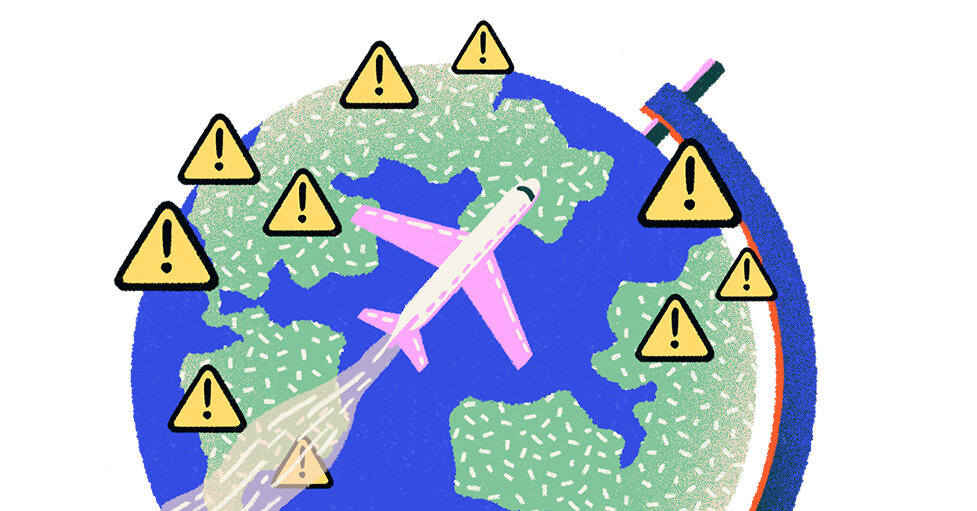During last summer’s travel boom, the chief executive of Heathrow Airport in London asked airlines to stop selling tickets because of staffing shortages. Amsterdam Schiphol set a capacity cap. London Gatwick cut back on flights for July and August. Air Canada reduced its number of flights by about 15 percent.
What should travelers expect for summer 2023? And where are they most likely to run into delays and cancellations?
The flight tracking website FlightAware may offer some clues: Between Memorial Day and Labor Day in 2022, the U.S. airports with the highest number of delays and cancellations, in order, were: Newark Liberty International Airport, La Guardia Airport and Kennedy Airport in New York; Reagan National in Washington; Miami International; Orlando International; Boston Logan International; and Charlotte Douglas International, in Charlotte, N.C.
In Newark and Orlando, the worst for delays last summer, nearly 35 percent of flights departing from those airports didn’t arrive at their destinations on time. Newark also held the title for most cancellations last summer, with nearly 9 percent of flights scratched entirely.
Globally, the worst percentage of delays and cancellations, in order, were at the international airports in Toronto, Sydney, Jakarta, Amsterdam, Frankfurt, Munich and London (both Gatwick and Heathrow). Toronto Pearson stood out from the pack, with more than half of the departing flights delayed, and 7 percent of its departures canceled.
Whether these airports will again be the culprits of outsize travel misery is difficult to know. Some are taking preventive measures to try to head off the summer surge.
At Toronto Pearson, limits are being placed on the number of flights arriving and departing from the airport this summer, and improvements like contactless check-in and bolstered staffing are being put in place. Amsterdam Schiphol has no plans for a summer cap, nor does Heathrow.
In the United States, the Federal Aviation Administration published a note saying that there would be increased delays in the Northeast this summer compared with 2022, and so the agency is loosening restrictions on airlines operating in Washington, D.C., and New York to mitigate disruptions.
But there are some strategies that passengers can use to increase the chance of pain-free travel. For one, avoiding the airports with the highest levels of delays and cancellations last summer may be a good idea. And flying nonstop eliminates the risk of something going…
Click Here to Read the Full Original Article at NYT > Travel…
